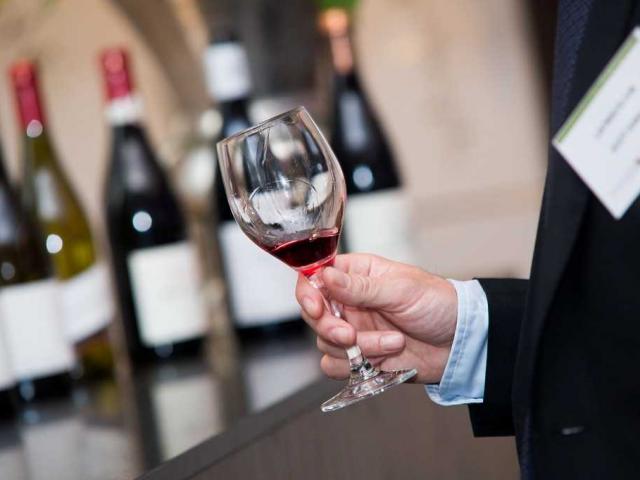The region of Avignon in the Luberon is the homeland of the Côtes-du-Rhône wines and their prestigious, vigorous and full-bodied reds such as Gigondas, Vacqueyras and Rasteau. This is also the growing ground for the Châteauneuf-du-Pape wines, elected best wines of the world, with their powerful and firm reds and supple, ample whites! the sweet Côtes-du-Rhône wines, such as Beaumes-de-Venise and Rasteau, are the perfect accompaniment to foie gras and biscuits.




